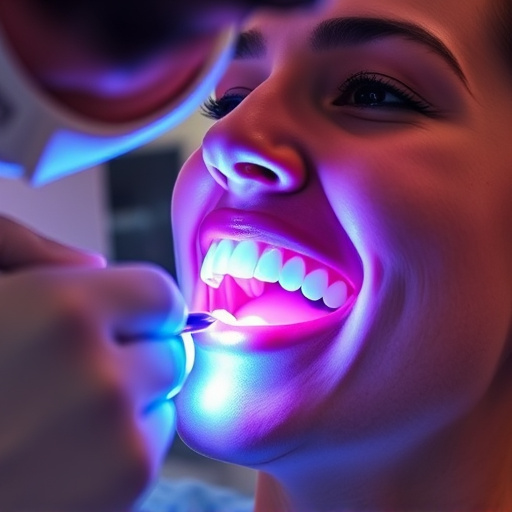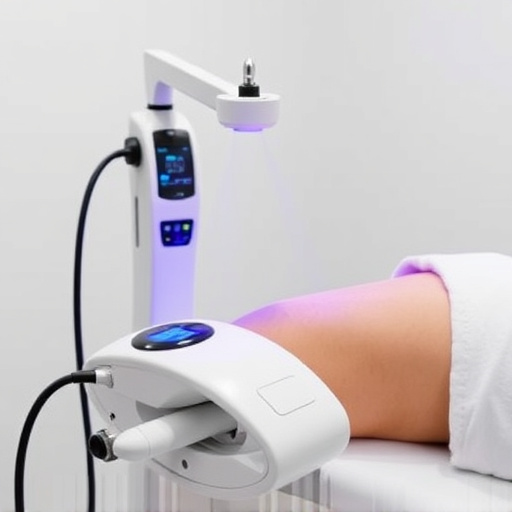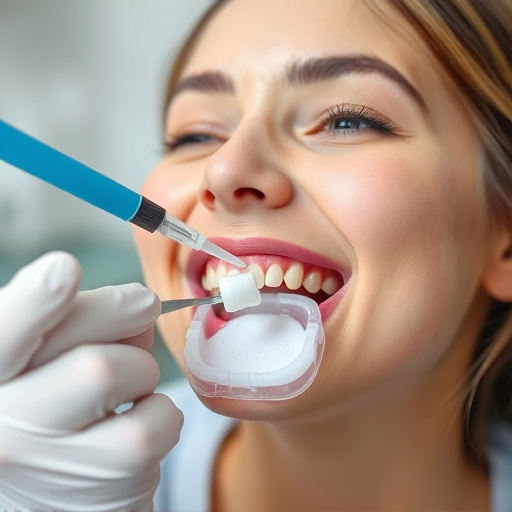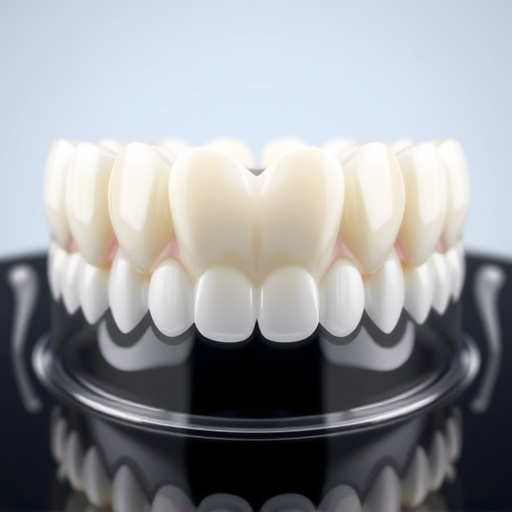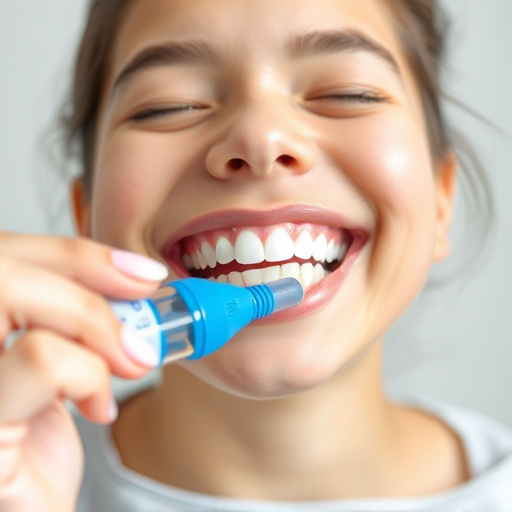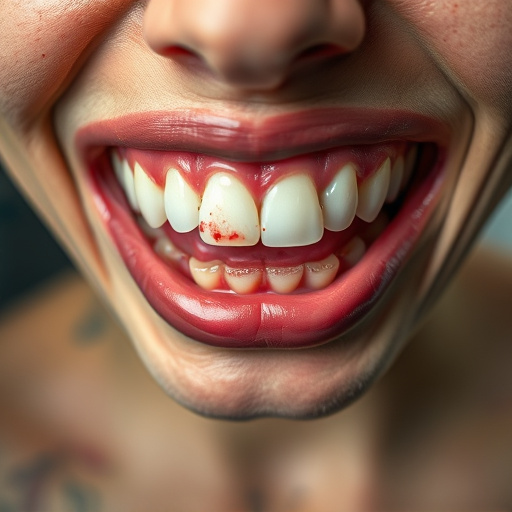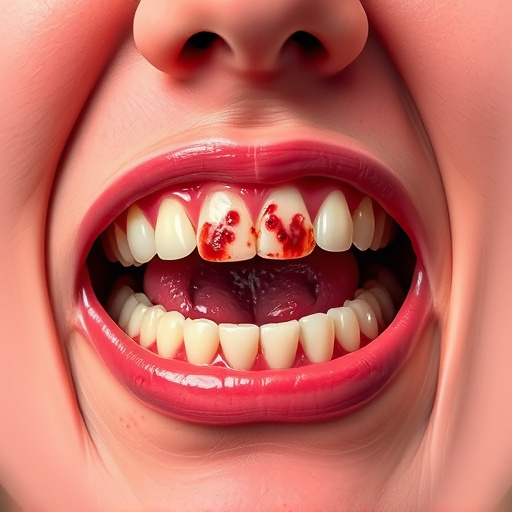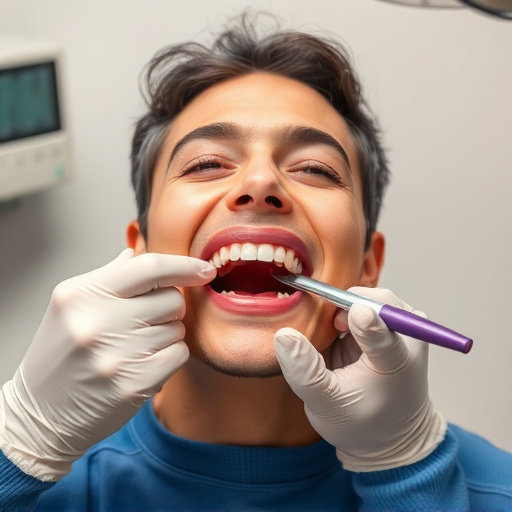Breaking Down Barriers in dental care aims to provide equal access to quality oral health services for all patients, regardless of abilities. Through implementing handicap accessible design features and offering tailored services, dental practices create an inclusive environment that encourages regular check-ups. This approach promotes equality, reduces oral health disparities, enhances dignity, and fosters community inclusion, emphasizing the importance of handicap accessible dental care as a key component of an inclusive society. By addressing physical barriers, complex procedures, and lack of specialized equipment, handicap accessible dental practices contribute to better oral health outcomes for individuals with disabilities.
Handicap accessible dental care is not just a moral imperative; it’s a fundamental right that ensures equal access to essential oral health services. In this comprehensive guide, we delve into the profound significance of inclusive dental practices and their transformative impact on society. From breaking down barriers to designing for all and empowering patients through education, we explore practical strategies to create a more equitable and welcoming dental landscape. Discover why handicap accessible dental care matters deeply and learn how you can contribute to this vital cause.
- Breaking Down Barriers: Ensuring Equality in Dental Care
- – Exploring the significance of inclusive dental services and their impact on society.
- – Discussing the challenges faced by individuals with disabilities in accessing oral healthcare.
Breaking Down Barriers: Ensuring Equality in Dental Care

Breaking Down Barriers: Ensuring Equality in Dental Care
Handicap accessible dental care is more than just providing physical entry into a dental office; it’s about ensuring every patient, regardless of their abilities, receives the same quality and level of oral health services. This includes addressing the unique challenges faced by individuals with disabilities, such as mobility issues, sensory impairments, or cognitive differences. By implementing handicap accessible design features, like wheelchair ramps, braille signage, and specialized equipment for communication and treatment, dental practices can create an inclusive environment. These modifications not only facilitate access but also foster a sense of comfort and respect, encouraging regular dental check-ups and preventive care.
Moreover, offering services tailored to diverse needs, such as dental bonding for those with missing teeth or restorative dentistry for complex cases, ensures that every patient receives personalized attention. Regular dental cleanings become more than just a routine; they become a critical component of maintaining overall health and well-being. By breaking down barriers, handicap accessible dental care promotes equality, reduces oral health disparities, and contributes to the dignity and quality of life for all individuals within our communities.
– Exploring the significance of inclusive dental services and their impact on society.

Handicap accessible dental care is more than just a service—it’s a cornerstone of inclusive society. By ensuring that individuals with disabilities receive comprehensive dental care tailored to their unique needs, we break down barriers and promote equal access to health services. This isn’t merely about physical accessibility; it encompasses the entire patient experience, from initial consultation to treatment completion.
Incorporating handicap accessible dental practices into the broader healthcare landscape has profound societal impacts. It fosters a sense of community inclusion, enabling individuals with disabilities to participate fully in social activities and maintain their overall well-being. Moreover, addressing dental health issues early and effectively can prevent more severe complications down the line, thereby reducing healthcare costs and enhancing quality of life. Whether it’s providing clear aligners that accommodate orthodontic needs or adapting general dentistry services for patients with limited mobility, these inclusive approaches ultimately contribute to a healthier and more cohesive society.
– Discussing the challenges faced by individuals with disabilities in accessing oral healthcare.
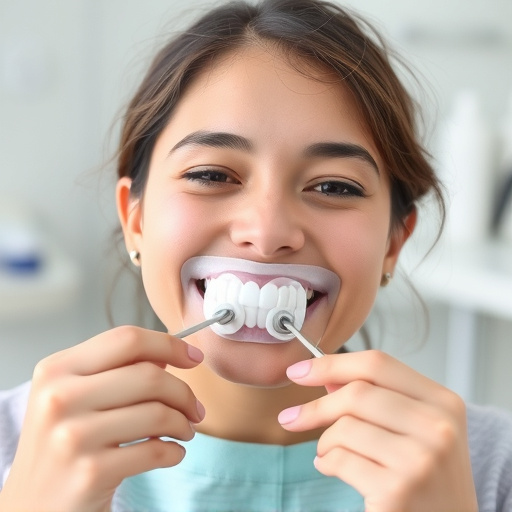
Accessing dental care can present unique challenges for individuals with disabilities, often leading to neglect or delayed treatment. Physical barriers, such as limited mobility or sensory impairments, can make navigating a dental office intimidating and difficult. The complexity of certain procedures, like wisdom tooth removal, may be overwhelming for patients with cognitive disabilities or those who experience anxiety related to medical treatments. Many handicap accessible dental practices lack the specialized equipment or training to cater to these specific needs, leaving individuals with disabilities feeling excluded from receiving quality oral healthcare.
This gap in accessibility results in a growing oral health disparity among this population. Regular check-ups and preventive care are crucial for maintaining overall well-being, yet many disabled folks face barriers that prevent them from keeping up with good dental hygiene practices. Whether it’s adapting to the physical layout of the clinic or communicating effectively during procedures, family dentistry and general dentistry should prioritize making their services more inclusive. By ensuring handicap accessible dental care, we can foster an environment where everyone receives the necessary treatment, promoting better oral health outcomes for all.
Handicap accessible dental care is not just a service—it’s a fundamental right that ensures every individual, regardless of their abilities, can maintain optimal oral health. By breaking down barriers and fostering inclusive practices, we create a more equitable society where no one is left behind in the pursuit of healthy teeth and gums. It’s time to recognize the profound impact of handicap accessible dental services on our communities and actively support their integration into the fabric of modern healthcare.


